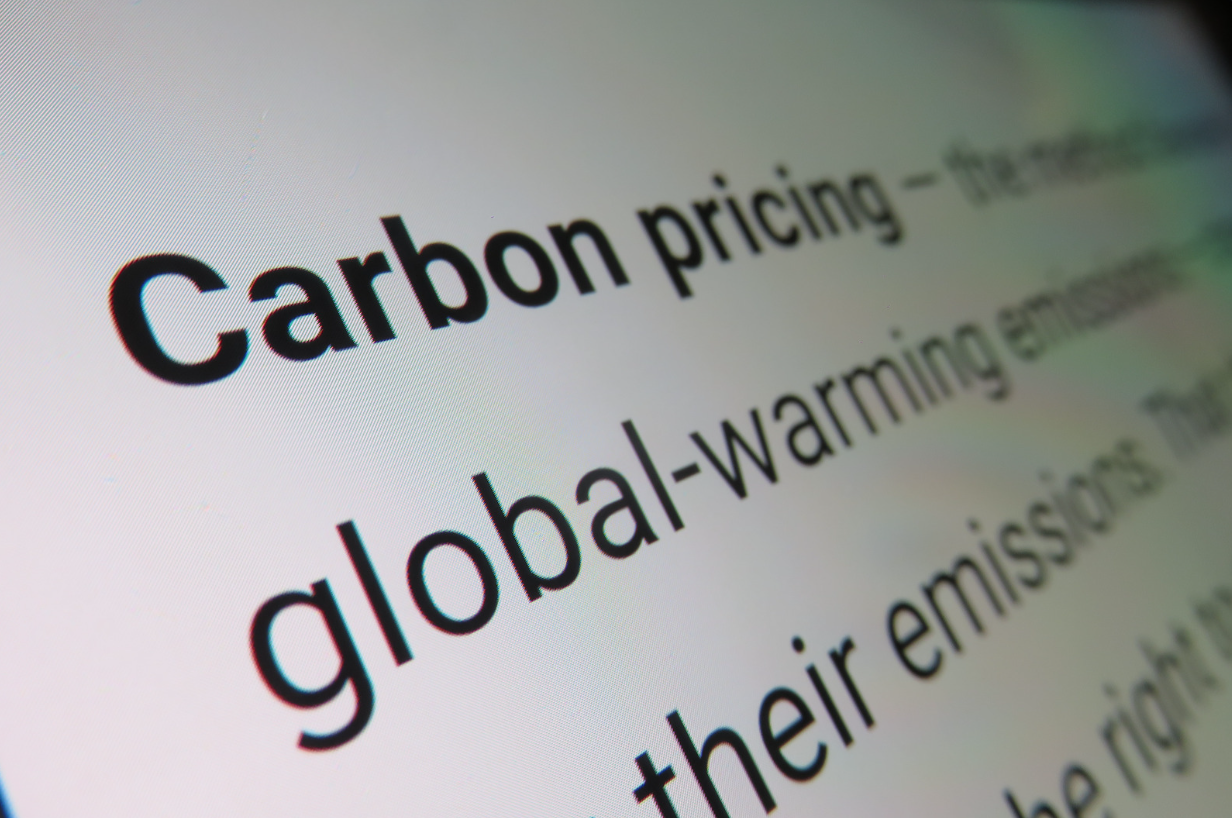Scope 3 – how can a carbon price reduce value chain emissions
In this video, we explore how applying a carbon price to your value chain emissions can inform decision-making and support capital allocation. This is highly applicable to any Chief Financial Officer.
Putting a Price on Carbon to understand Climate Change Risk
Many companies have an internal price of carbon to help understand the impact and economic variability of investing in new projects or as part of a decarbonisation strategy. Essentially you are assigning a monetary value to your emissions performance. When performing a climate change risk assessment, this is also a critical consideration of your company’s exposure.
Given the push to provide low-carbon products, understanding the carbon intensity of your supplier’s products and applying a cost of carbon provides you with an understanding of the magnitude of emissions and the true cost of your product. If you trade internationally, you may encounter this sooner rather than later with the introduction of Carbon Border Adjustment Mechanisms.
Do you know where your Carbon Liability sits in your Value Chain?
For most companies, over 80% of emissions will sit in your supply chain. Therefore the majority of emission liability and exposure is embedded in your supply chain. Below are three points why it will help:
1. Sustainable procurement – a carbon price will assist in choosing lower carbon-intensive materials (concrete is a classic example). It will also put pressure on suppliers to develop lower carbon products, this is the system change required to drive large-scale emission reductions.
2. End-of-life considerations – considering the emissions associated with the use phase or disposal at end of life, this will influence the product’s design. We are seeing this play out in the electric vehicle and battery sector with the introduction of Digital Battery Passports and recycling content goals.
3. Investment – given the majority of emissions typically sit in a company’s value chain, as part of a decarbonisation strategy, it may be more cost-effective to invest in a hotspot in the supply chain to create a step change in your product’s emissions intensity. This could impact product intensity more than an internal project to reduce direct Scope 1 and 2 emissions.
Make sure you view the rest of this Decarbonising Scope 3 emissions.
If you would like to know more
Contact us at Evolveable Consulting, and we assist businesses in identifying decarbonisation solutions and strategies to reshape their business. You can learn more about our services or book a consultation directly with us.
